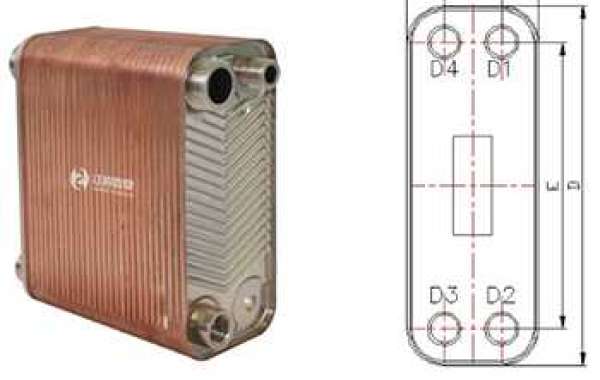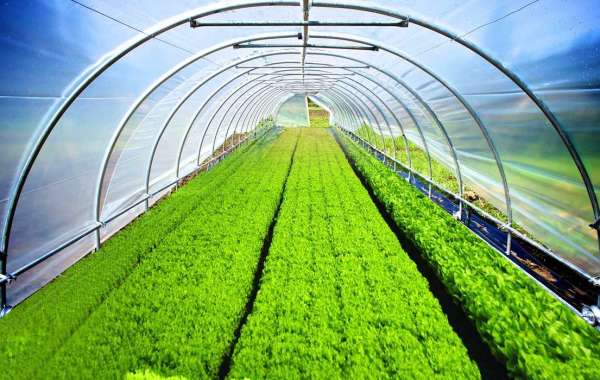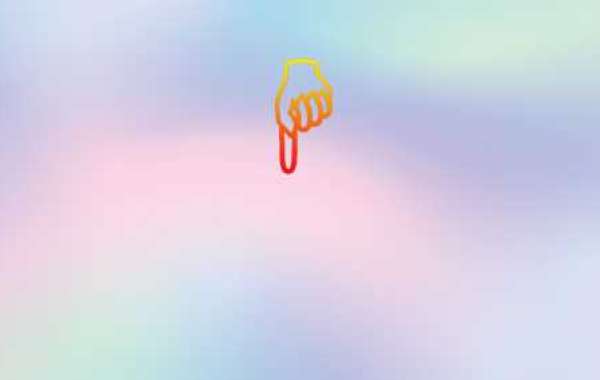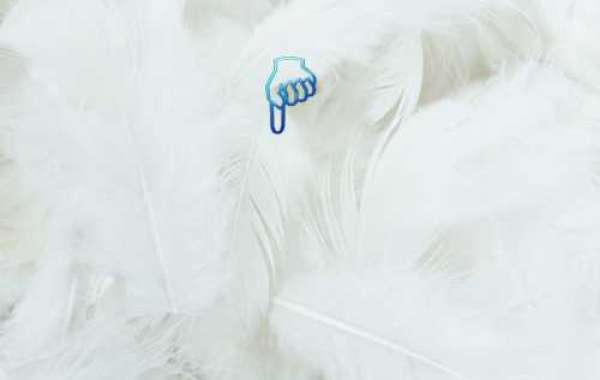The plate heat exchanger is determined by its structural characteristics, and its installation is more convenient and flexible. The following describes the matters needing attention in the assembly of the frontal parts of the plate heat exchanger and the installation of the system.
1. Parts assembly of plate heat exchanger
Regarding the assembly of plate heat exchanger parts, whether the manufacturer ships the parts to the user unit for on-site assembly or the user unit disassembles the plate heat exchanger after overhauling the equipment and then assembles it, it must be carried out in the following order.
1. Carefully read the random documents (certificate of conformity, material certificate, flow chart, assembly drawing and packing list, etc.).
2. Check whether the materials of plates, pipes, and gaskets are consistent with the corrosion resistance requirements of the medium in the heat exchanger.
3. Check whether all parts are complete according to the drawing and whether the model and size are consistent with the drawing.
4. Clean the gasket grooves of the plates, apply the adhesive evenly, stick the gaskets, and then stack the plates neatly together and press a certain weight.
5. Assemble according to the designed flow chart, and clamp in the specified order.
6. The hydraulic test should be carried out on one side separately. The test pressure is 1.25 times the design pressure of the equipment; the pressure is maintained for 30 minutes, all welded parts of the sealing box are checked, and no leakage is qualified.

Second, the system installation of the unit
The installation of the system by the user refers to the installation of the equipment sent by the manufacturer to the user or the equipment repaired by the user to the application station. This should be done in the following order.
1. Put the equipment on the foundation and fix the anchor bolts.
2. Check whether the inlet and outlet of the cold and hot medium of the pipeline are consistent with the connection on the equipment. Considering the convenience of maintenance, it is best to use short joints when connecting pipes and heat exchangers.
3. Thermometers and pressure gauges should be installed at the inlet and outlet of the cold and hot media of the heat exchanger.
3. Precautions when assembling heat exchanger parts and equipment installation
1. Pay attention to the center of gravity of the equipment when hoisting.
2. When bonding the gasket to the gasket groove, it should be ensured that there is no debris such as sand, oil, iron filings, and flux on the gasket and in the gasket groove of the plate, so as not to damage the seal and cause leakage.
3. When tightening the bolts, the force should be uniform, and the distance between the inner sides of the two compression plates should be continuously measured to ensure that the parallelism deviation between the two compression plates is not greater than 3mm. misaligned or slipped out of the gasket groove. At the same time, check carefully while clamping to observe whether there are any dislocations such as gaskets and plates.
4. The liquid for the hydraulic test is generally water. The water temperature should not be lower than 5℃. The pressure should be raised slowly during the test. After the test is completed, properly loosen the compression nut to release the accumulated water, then tighten the nut and clamp it to the original size for use.
5. There should be a certain maintenance space around the heat exchanger, and its size is related to the size of the plate.
6. The clamping bolts should be coated with butter, and a protective tube should be covered when conditions permit to avoid rusting and bruising the threads.
7. If the maximum pressure of the pump outlet is greater than the maximum operating pressure of the equipment, a pressure-reducing valve and a safety valve should be installed at the inlet of the equipment.
8. When the equipment is filled with liquid and under pressure, it is not allowed to clamp the nut.

Jiangsu Yuanzhuo Equipment Manufacturing Co., Ltd. is a professional manufacturer of plate heat exchangers. Plate heat exchangers are widely used. We have Brazed Plate Heat Exchangers and Gasketed Plate Heat Exchangers. If you are interested in plate heat exchangers, please feel free to contact us at 0086-510-86165907 or send an email to zy@jsyuanzhuo.com.








